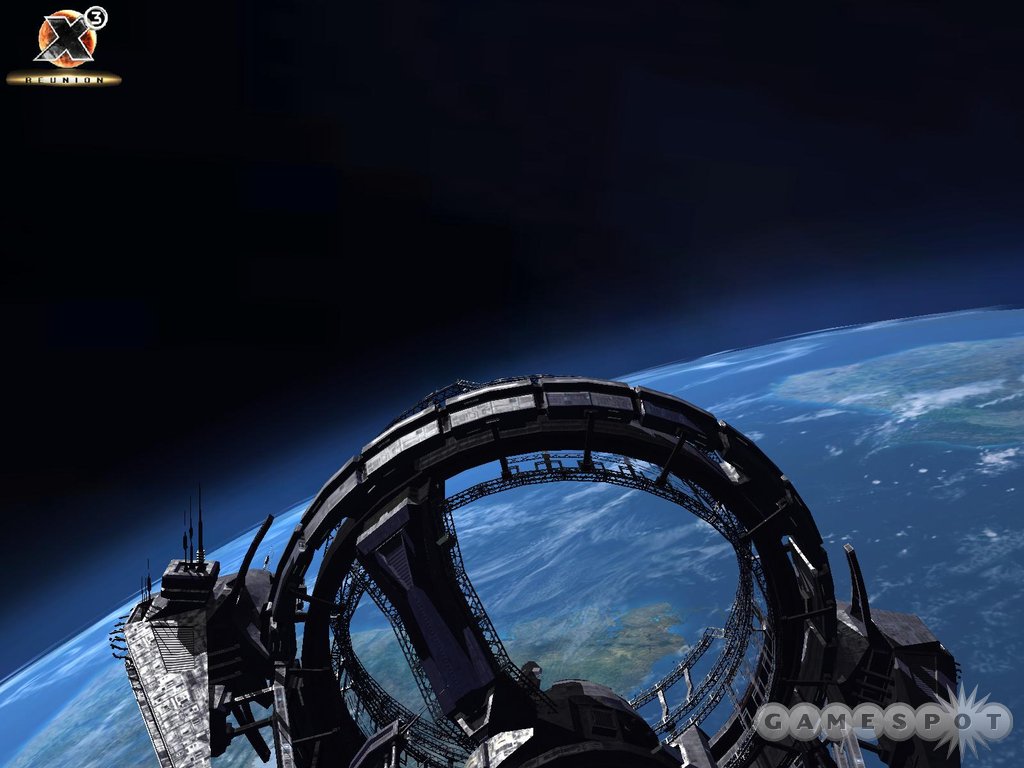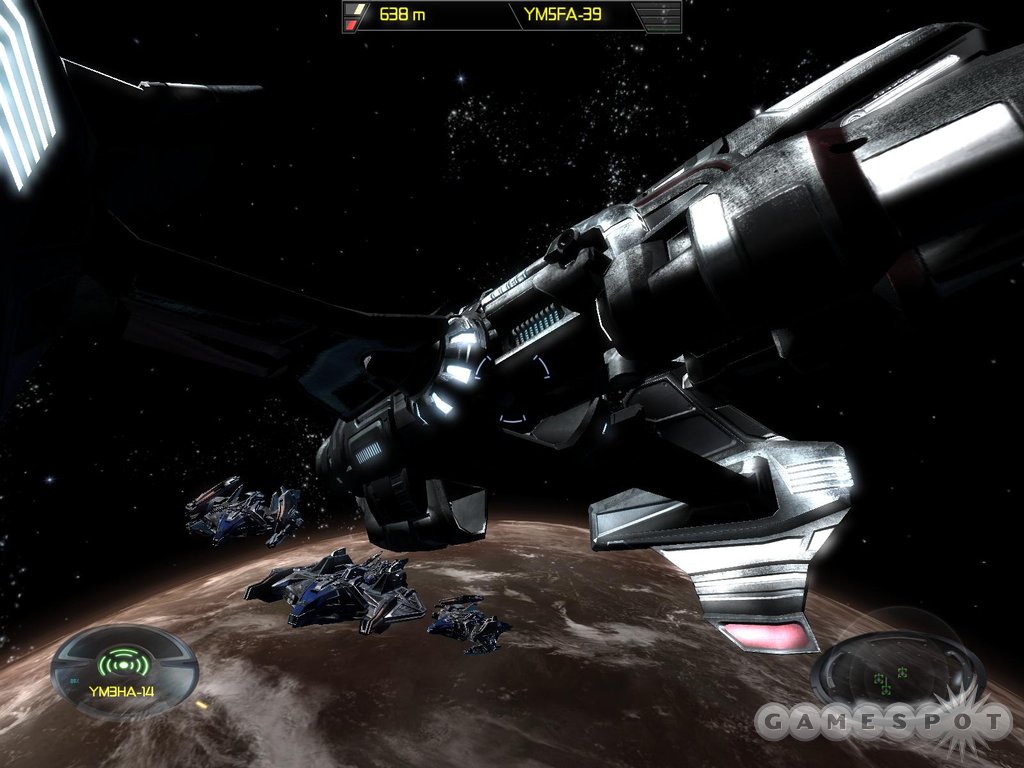X3: Reunion Designer Diary #1 - The Power of X
Egosoft's Greg Kingston explains the appeal of the X series of space exploration games and how X3: Reunion will improve the franchise.
Space is the final frontier, or so they say. And while space games have declined in popularity over the years, there are still one or two franchises plugging along. Among these are the X games, by Germany's Egosoft. The latest game in the franchise, X3: Reunion, is due out later this year for both the PC and the Xbox, and it promises to drop you into a gorgeously rendered galaxy. Unlike most space games, where the focus is on fast-paced action and blowing things up (though those features will be in X3), Reunion is all about exploring and empire building in a dynamic and interactive universe. You can trade, create a corporate empire, be a mercenary, and more. The choice is up to you. In this first chapter of our designer diaries, Egosoft's Greg Kingston explains the appeal of the X games and why Reunion promises to be the richest game yet in the series. X3 is scheduled to ship for the PC and Xbox later this year.

The Power of X
Greg KingstonEgosoft
It is probably best to start at the beginning of the series of X games, with X: Beyond the Frontier. The inspiration for that game came from founder Bernd Lehahn and lead programmer Martin Brenner, and it came with a fairly straightforward mission statement that could be paraphrased along the lines of, "To make the perfect space simulation, giving the player complete unrestricted freedom of gameplay." In X3: Reunion, the fourth installment in the X universe series, this belief and desire have never been more relevant. Egosoft has also never been closer to this goal.
The space simulation genre is a shadowy place that sometimes seems to lurk under the radar of all the others. Yet despite this, the predecessor to X3: Reunion, X2: The Threat, received international coverage and widespread acclaim and was the runner-up only to Doom 3 in the Golden Joystick awards. So how does that simple development goal quoted above make for such a compelling game from a small independent developer studio? Read on to find out.
Of course, it is easy to get bogged down in the details of how we deliver an open-ended game--offering complete freedom to the player--and still build in deep and rich plotlines. Taking a high view is simpler: We create a dynamic and live universe, where all the objects within it relate to each other and the player and, of course, interact. So immediately, the player and random elements we throw in will change the universe in terms of how it looks and how it feels. The player can dip in and out of the plot at will at any time.
It is vital to give players the ability to accomplish both plot and self-set goals in any way they wish. This feature cannot be overstated enough. It is akin to running out of weapons or ammo in any modern first-person shooter and being able to build your own weapon or ammunition factory to get around the problem (or maybe being able to just steal someone else's ship!). Players who think around tasks can come up with very creative solutions in X3. There are no restrictions in terms of game levels. Rather, players build reputations with aliens races, factions, and traders to progress. Different ships and weapons have different abilities, and players will learn not just what ship is most effective in any scenario, but what is also most appropriate to their ability.
Graphically, X2 was great. X3 is groundbreaking; the sheer scale and detail of the models and universe is a huge departure. To step up the modeling, for our art concepts we turned to Ulrich Zeidler, who has huge experience in this field, to team up and work with us on our ideas. Combining these skills with the new game engine and professional 3D model studios has meant that the gap between concepts and the game are smaller than ever.

Egosoft has a fan base exceeding 120,000 on its Web site, where both company and volunteer developers take feedback and ideas from them. This has helped shape the development of X3 in many areas. Notable changes include the ability to completely remap controls to the keyboard, joystick, and mouse; playing as different characters in a free-form universe; and adding more life into the universe. Alongside development on our Reality game engine, many of these ideas influenced our decision to cease work on a planned expansion to X2: The Threat and to move directly on to the full new game in X3: Reunion.
Next time, we'll look at that last point to see exactly what has changed in X3: Reunion to make the universe more lifelike and active than ever before, as the excitement builds toward the game's release.
Got a news tip or want to contact us directly? Email news@gamespot.com
Join the conversation